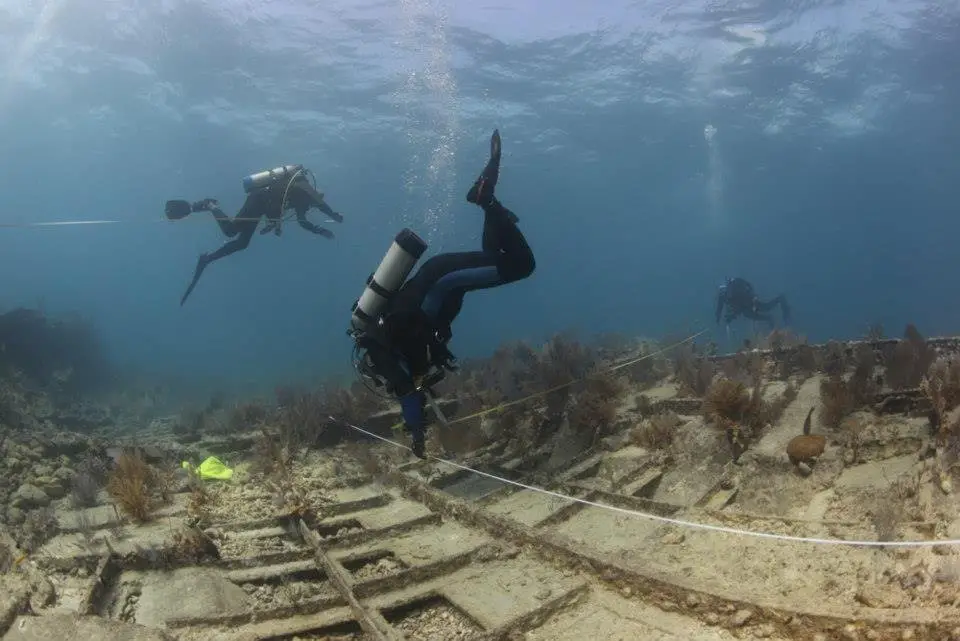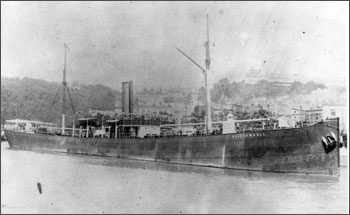Image Credit : NOAA
NOAA’s Office of National Marine Sanctuaries has identified the remains of an early 20th century shipwreck in Florida Keys National Marine Sanctuary to be those of the British steamship Hannah M. Bell.
Information gathered by sanctuary staff and volunteers from the National Association of Black Scuba Divers (NABS) during a September 2012 field survey enabled maritime archaeologists to confirm the wreck’s origins.
“Similar to the way detectives use forensic information to solve a crime, we compared the dimensions and construction characteristics of the shipwreck known locally as ‘Mike’s Wreck’ with historic shipping records in order to solve this mystery,” said Matthew Lawrence, Stellwagen Bank National Marine Sanctuary maritime archaeologist and project principal investigator. “Measurements of the shipwreck and the records for Hannah M. Bell were virtually identical, as were the reported sinking location and the actual location of the wreck.”
No lives were lost when the Hannah M. Bell grounded on the shallow reef known today as Elbow Reef, located about six miles offshore of Key Largo, Fla., on April 4, 1911. The ship was loaded with coal bound for Vera Cruz, Mexico. With the ship’s engine room flooded and holds filled with water, salvagers abandoned their efforts days after grounding, and by May heavy weather had torn the ship apart.

The 315-foot steel-hulled steamship was built by Ropner and Son in England in 1893 and named for the woman who christened it. Prior to its demise, the ship made frequent transatlantic trips between European ports, the U.S. East and Gulf coasts, and Caribbean and South American ports transporting a variety of bulk cargos including cotton, sugar and coal.
“Positively identifying a shipwreck is exciting for sanctuary managers, historians and the dive community,” said Brenda Altmeier, Florida Keys National Marine Sanctuary maritime heritage coordinator. “The wreck’s shallow depth allows snorkelers and divers to appreciate our maritime heritage and provides charter businesses with an educational opportunity for visitors.”

The shallow coral reefs of the Florida Keys have claimed countless ships over the centuries, and contributed to a once-thriving salvaging industry. The Hannah M. Bell rests in close proximity to two other shipwrecks – the USS Arkansas and City of Washington. The Hannah M. Bell even contributed to the loss of another vessel in 1920 when the U.S. Shipping Board steamer Quoque wrecked directly on top of its sunken remains.
Florida Keys National Marine Sanctuary protects 2,900 square nautical miles of critical marine habitat, including coral reef, hard bottom, sea grass meadows, mangrove communities and sand flats, as well as shipwrecks and maritime heritage resources.




